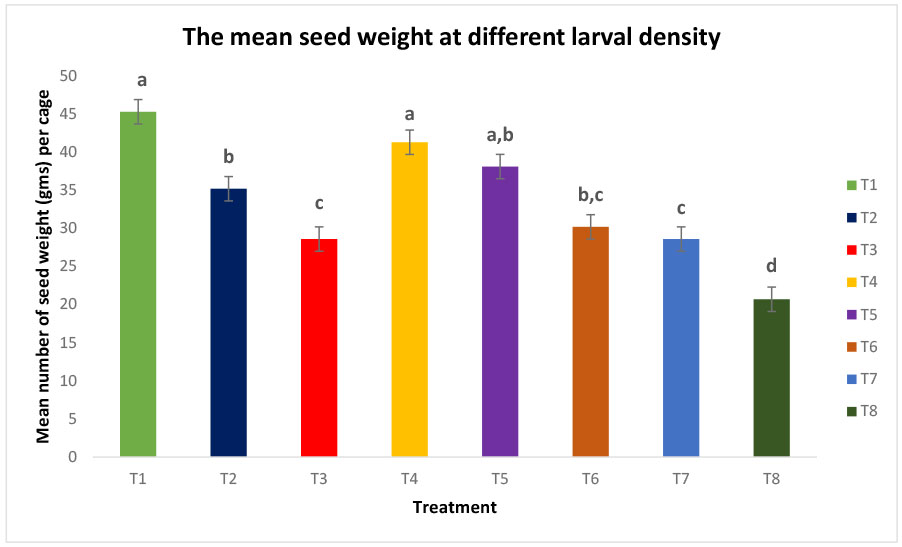Diamondback moth thresholds may need adjustment
Key result:
Yield reductions at current nominal thresholds of one to two DBM larvae per plant in canola may not be significant. Therefore, the nominal thresholds for DBM in canola may need to be increased to a slightly higher number of larvae per plant. Dynamic action thresholds incorporate the effect of natural enemies on pest control.
Project title, principal investigator:
“Identification and assessment of the role of natural enemies in pest suppression in canola with specific reference to diamondback moth management” Maya Evenden and Sharavari Kulkarni, University
of Alberta
Funding:
Full report:
To find the full report, go to the Canola Research Hub at canolaresearch.ca
and search for the project title.
Researchers investigated natural enemies of diamondback moth (DBM) in the canola cropping system with the aim to bolster biological control of the pest. Another objective was to understand and quantify the effects of varying larval densities of DBM on foliar damage and yield in canola.
DBM populations and moth influx were consistently low in all study years (2018-2020), resulting in minimal captures of DBM life stages. Across all years surveyed, Diadegma insulare was the most abundant DBM parasitoid species. Predators included ladybird beetles (lady bugs), lacewings and nabid bugs.
Researchers conducted laboratory bioassays to estimate rates of feeding on eggs and larvae of DBM to calculate functional responses for these beneficial parasitoids and predators. They concluded that combined action of members in the natural enemy guild of DBM may reduce pest populations substantially, particularly in high infestation years.
Thresholds
Field cage studies indicated that the foliar damage and yield reductions linearly increased with DBM larval densities. At eight larvae per plant, yield was reduced around twofold, with four times more defoliation compared to controls. Further, high larval density at the podding stage is more detrimental to canola yield compared to that at the flowering stage. Under field conditions, foliar damage to plants with eight larvae per plant was around fourfold higher than at the action threshold with two larvae per plant at the podding stage in both 2019 and 2020.
These studies indicate that nominal thresholds should be adjusted based on moth influx, natural enemy presence, and field population dynamics when making spraying decisions. Recommendations arising from the study include:
- Yield reductions at current nominal thresholds of one to two DBM larvae per plant in canola may not be significant. Therefore, the nominal thresholds for DBM in canola may need to be increased to a slightly higher number of larvae per plant.
- DBM management should focus on pest monitoring and forecasts, estimates of pest density, commodity value, and the consideration to the role of natural enemies in the cropping systems in addition to insecticide utilization.
- Natural enemies and strategies to augment or conserve natural enemy populations should be integrated into pest management plans for mitigating DBM damage.
- Dynamic action thresholds incorporate the effect of natural enemies on pest control to provide realistic estimates of pest population densities to trigger management activities.

Effects of different DBM larval densities on canola yield (g) in cage study conducted in a growth room. Bars marked with different letters are significantly different at p < 0.05.
T1= caged control, T2= 2 larvae per plant at early flowering stage, T3= 4 larvae per plant at early flowering stage, T4= 2 larvae per plant at early flowering stage, larval feeding discontinued, and larvae removed once they neared pupation, T5= 4 larvae per plant at early flowering stage, larval feeding discontinued, and larvae removed once they neared pupation, T5= 2 larvae per plant at late flowering/early pod stage, T6= 2 larvae per plant at late flowering/early pod plant, T7=4 larvae per plant at late flowering/early pod plant, T8= 8 larvae per plant at late flowering/early pod plant. Read more in the final report at canolaresearch.ca.





